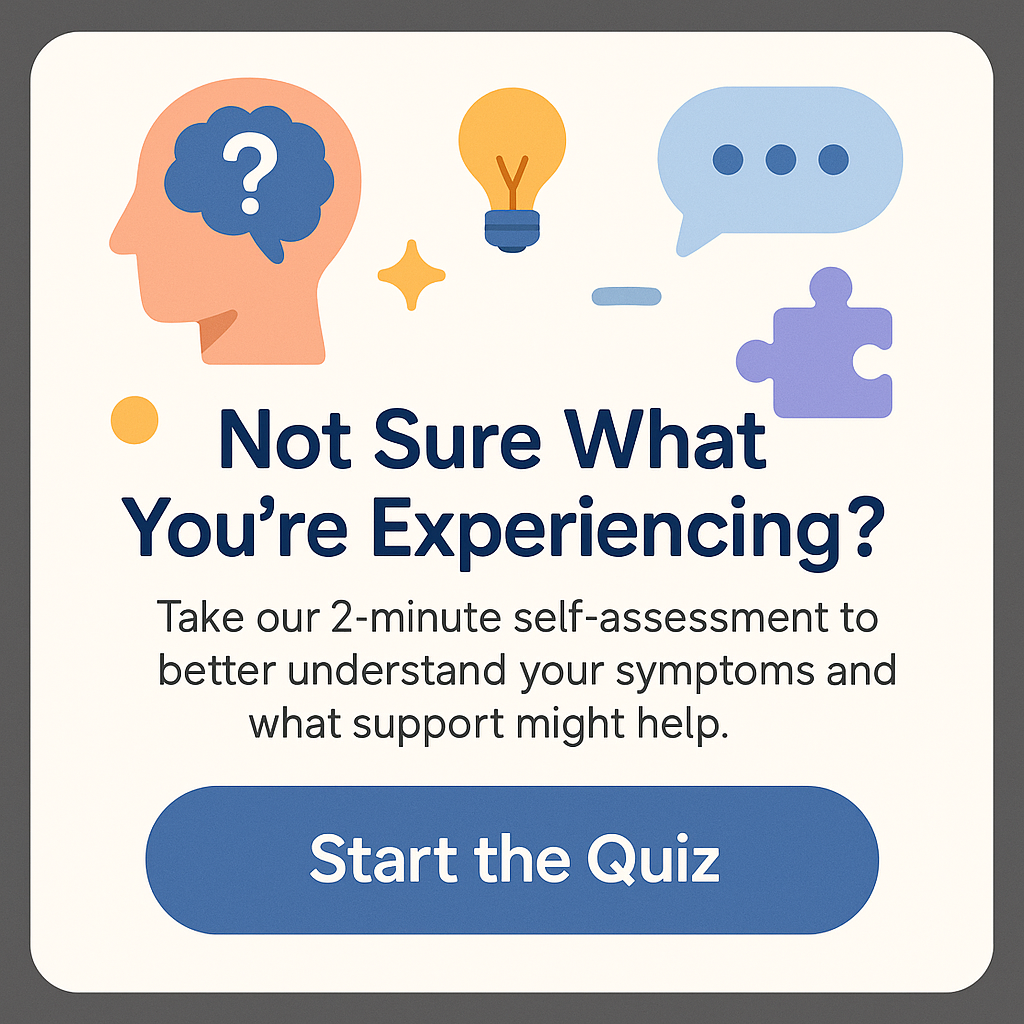What is Bad Behavior in Autism? Understanding the Complexities
What is bad behavior in autism? This question is vital for parents, caregivers, educators, and anyone interacting with individuals on the autism spectrum. It’s essential to delve deep into the nuances of behavior associated with autism, as what may seem like ‘bad behavior’ often stems from communication challenges, sensory overload, or unmet needs. Understanding this can change not only how we perceive such behaviors but also how we can effectively support those with autism. This article will explore the nature of these behaviors, the reasons they occur, and the strategies we can implement to help individuals navigate their world more comfortably.
Understanding Autism and Behavioral Challenges
To grasp what bad behavior in autism truly entails, we need to first understand autism itself. Autism Spectrum Disorder (ASD) is a developmental condition characterized by differences in communication, social interactions, and behavior. One key aspect of autism is the spectrum nature of the disorder; individuals can display a vast range of behaviors and challenges.
Many people associate autism with unique behaviors that may seem unusual to neurotypical individuals. When we talk about what is bad behavior in autism, it’s crucial to remember that these behaviors are often not intentional. Instead, they can serve as forms of communication or expressions of overwhelm in individuals who experience the world differently. For example, a child may be unable to articulate frustration verbally; consequently, they may resort to yelling, throwing objects, or even engaging in self-harm as a means of expressing their distress.
Let’s consider the following factors that can lead to behaviors labeled as ‘bad’:
- Sensory Sensitivities: Many individuals with autism experience heightened sensitivity to sensory input, such as sounds, lights, textures, and crowds. Overwhelm from these stimuli can lead to meltdowns or withdrawal, behaviors that might be misinterpreted as defiance.
- Communication Barriers: Many on the autism spectrum face significant challenges in communicating their needs or feelings effectively. When an individual cannot express themselves verbally, it may lead to frustration, manifesting as what is perceived as ‘bad’ behavior.
- Changes in Routine: Individuals with autism often thrive on routine and predictability. Unexpected changes can trigger anxiety and lead to behaviors that are troublesome, but are simply a response to stress.
- Emotional Regulation: Autism can impact emotional regulation, making it difficult for individuals to manage their feelings. This difficulty may result in intense reactions to what might seem like minor issues.
- Social Interactions: Understanding social cues can be challenging for individuals with autism. What appears as bad behavior might stem from a misunderstanding of how to interact in social situations.
In summary, when we evaluate what is bad behavior in autism, it’s crucial to look beyond the actions themselves and analyze the underlying causes. Addressing these root issues can significantly reduce the occurrences of these behaviors and improve the individual’s overall quality of life.
Identifying the Types of Behavior Considered ‘Bad’
Now that we understand some of the reasons behind challenging behaviors, we can explore common types of behaviors that are often labeled as problematic. Recognizing these behaviors is the first step toward addressing them constructively.
1. Tantrums: Tantrums are common in young children, but in individuals with autism, they may be more severe or prolonged. Often, a tantrum can be triggered by sensory overload, frustration, or a change in routine. It is essential to understand that the individual is likely unable to articulate their needs during these episodes.
2. Self-Injurious Behavior: Some individuals may harm themselves, whether intentionally or out of extreme frustration or distress. This behavior is serious and often requires immediate intervention from healthcare professionals.
3. Aggression Toward Others: Aggressive behavior might include hitting, kicking, or verbal outbursts directed at others. Such behaviors often stem from feelings of overwhelm, miscommunication, or a dire need for control over their environment.
4. Repetitive Movements: While often seen as stimming (self-stimulatory behavior), these movements can sometimes be misunderstood. Their repetitive nature can be perceived as annoying or disruptive, but they often serve as a coping mechanism for managing anxiety or sensory input.
5. Withdrawal: Some individuals may react to stress or social situations by withdrawing or becoming non-responsive. This behavior might be viewed as ‘bad’ due to its apparent disengagement but is often a form of self-protection.
Each of these behaviors, while potentially troublesome, should be approached with curiosity rather than judgment. Instead of asking what is bad behavior in autism, we should explore what these behaviors signify.
The Importance of Support Strategies
Addressing what is bad behavior in autism requires a toolbox of support strategies tailored to the individual’s unique needs. Since behaviors are often rooted in communication barriers, sensory sensitivities, or emotional regulation challenges, implementing comprehensive strategies can make a profound difference.
1. Structured Environment: Predictability can help reduce anxiety levels significantly. Establishing a routine that is consistent and involves visual schedules can empower individuals, giving them a clearer understanding of what to expect throughout their day.
2. Communication Tools: Development of functional communication methods is vital for those who struggle with verbal communication. Tools may include Picture Exchange Communication Systems (PECS), sign language, or technology-driven devices to express needs and feelings.
3. Sensory Integration Therapy: This form of therapy can help individuals learn to cope with sensory overload by gradually exposing them to different sensory experiences in a controlled manner. Occupational therapy can be very effective in developing coping mechanisms associated with sensory sensitivities.
4. Positive Reinforcement: Redirect behaviors by reinforcing positive actions rather than punishing undesirable ones. For instance, if a child communicates feelings verbally instead of through a tantrum, encourage this behavior with praise or rewards.
5. Emotional Regulation Techniques: Teaching emotional regulation through tools such as deep breathing, mindfulness, or visual aids can be beneficial. Role-playing scenarios can also help individuals practice appropriate responses to frustrating situations.
Ultimately, understanding what is bad behavior in autism is about more than just the actions themselves. It requires empathy, patience, and a commitment to developing tailored strategies that meet the individual’s needs. By combining these strategies in a supportive environment, we can foster a more positive and effective way for individuals with autism to express themselves.
Conclusion
Understanding what is bad behavior in autism involves much more than just identifying troublesome actions. It requires acknowledging the unique challenges faced by individuals on the spectrum and fostering environments that support their needs. By focusing on the root causes behind behaviors—be it communication difficulties, sensory overload, or emotional regulation challenges—we can create approaches that not only mitigate these behaviors but also empower individuals to thrive.
Parents, educators, and caregivers play a crucial role in this journey. Learning to respond to behaviors with curiosity and compassion rather than frustration can transform interactions and promote growth. Armed with effective strategies and an understanding mindset, we can support individuals with autism in navigating their worlds with greater ease and confidence. Let’s shift our perspective from viewing behaviors as ‘bad’ to recognizing them as opportunities for understanding and connection.
FAQs
1. What are common triggers for bad behavior in individuals with autism?
Triggers can vary widely but often include sensory overload, changes in routine, communication difficulties, and social anxiety.
2. How can I react when a child with autism exhibits challenging behavior?
It’s important to remain calm and patient. Assess the situation, identify triggers, and employ effective communication methods to understand their needs.
3. Are all behaviors viewed as bad in autism problematic?
No, not all behaviors are problematic. Some are coping mechanisms or ways of seeking stimulation, particularly stimming behaviors characterized by repetitive movements or sounds.
4. How can I support an individual with autism in managing their behaviors?
Implement structured routines, work on communication skills, practice emotional regulation techniques, and create a supportive environment to foster understanding.
5. When should I seek professional help for challenging behaviors in autism?
If behaviors are persistent, harmful, or interfere significantly with daily life, consulting a healthcare professional or behavior analyst may be necessary.
Understanding Therapeutic Dogs for Autism: A Comprehensive Guide
What is the Best Lifestyle for Autism?
What is Autism Mistaken For? Understanding Common Misconceptions







